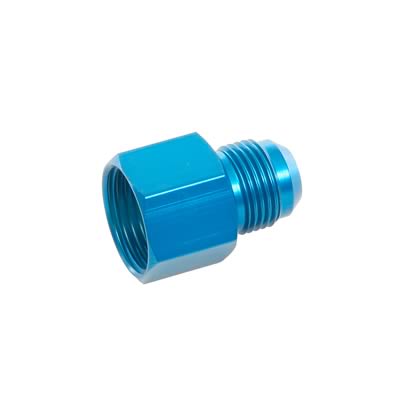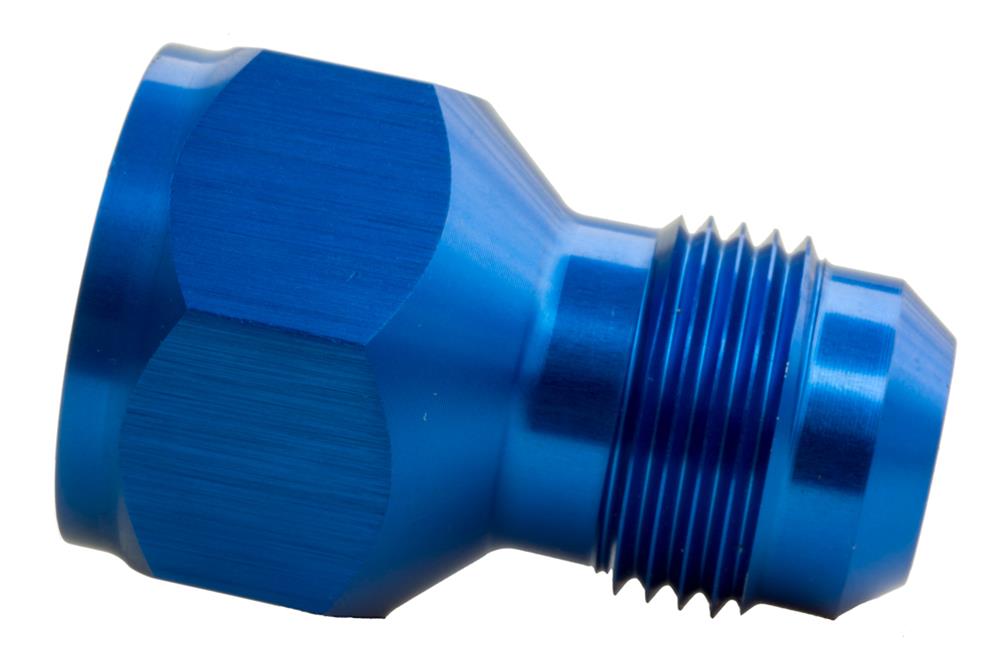This is the related question to the other thread about best location for oil temp sensor.
Given the mid-engine location in my Miura and that there's no real external air intakes close to where the oil cooler/radiator will be located, I've elected to use an electric fan to enhance the oil cooling. One of the disadvantages I've heard about remote oil coolers is that in cold weather oil temps can remain below optimal and/or it can take a long time for oil temps to come up to the desired range. So ideally the fan should only come on when oil temps are up in the "goldilocks zone".
The ideal answer would be to add a temperature sensor in the oil system that would trigger the oil cooler fan. Alternatively, there's an output from the Holley Terminator X ECU being used in the car that's meant for controlling engine coolant fans. It's programmable so the fan can be triggered for different coolant temperatures. I know that engine coolant temperatures and oil temperature are only somewhat related but my question is if they are closely enough related that a common sense answer for controlling the oil cooler fan could be to use engine coolant temp as a proxy? For example, when the engine coolant as measured for EFI control reaches 185 degrees will the oil temperature likely be high enough that the oil cooler fan won't be keeping the oil from warming enough?
I'm asking as where possible it's nice to take advantage of in place items and not add additional potential points of failure. Not that an additional sensor is all that risky but there's the additional wiring that needs to run by hot things like headers that could be avoided by using the existing ECU wiring. There will be a oil temp gauge in the car so I could try it and if oil temps stay too low put in a specific sensor for the oil cooling fan.
I'm curious as to other peoples thoughts on this topic so specific reasoning is appreciated in responses.
Given the mid-engine location in my Miura and that there's no real external air intakes close to where the oil cooler/radiator will be located, I've elected to use an electric fan to enhance the oil cooling. One of the disadvantages I've heard about remote oil coolers is that in cold weather oil temps can remain below optimal and/or it can take a long time for oil temps to come up to the desired range. So ideally the fan should only come on when oil temps are up in the "goldilocks zone".
The ideal answer would be to add a temperature sensor in the oil system that would trigger the oil cooler fan. Alternatively, there's an output from the Holley Terminator X ECU being used in the car that's meant for controlling engine coolant fans. It's programmable so the fan can be triggered for different coolant temperatures. I know that engine coolant temperatures and oil temperature are only somewhat related but my question is if they are closely enough related that a common sense answer for controlling the oil cooler fan could be to use engine coolant temp as a proxy? For example, when the engine coolant as measured for EFI control reaches 185 degrees will the oil temperature likely be high enough that the oil cooler fan won't be keeping the oil from warming enough?
I'm asking as where possible it's nice to take advantage of in place items and not add additional potential points of failure. Not that an additional sensor is all that risky but there's the additional wiring that needs to run by hot things like headers that could be avoided by using the existing ECU wiring. There will be a oil temp gauge in the car so I could try it and if oil temps stay too low put in a specific sensor for the oil cooling fan.
I'm curious as to other peoples thoughts on this topic so specific reasoning is appreciated in responses.




